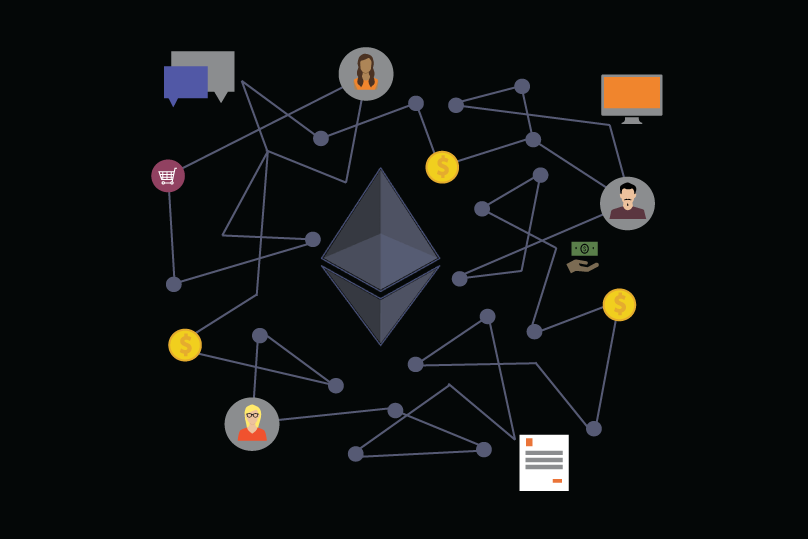In the ever-evolving landscape of blockchain technology, the quest for decentralization remains paramount. But amidst a sea of options, which blockchain network truly stands out as the epitome of decentralization in today’s digital realm? Join me on a journey as we uncover the nuances and intricacies of what is considered the most decentralized blockchain network of our time.
Decentralization, the cornerstone of blockchain, ensures that power and control are distributed among a multitude of participants rather than centralized entities. It’s this very principle that fosters trust, security, and transparency within the blockchain ecosystem. And when it comes to embodying these ideals to the fullest, one name consistently rises above the rest: Ethereum.
Yes, Ethereum, the brainchild of Vitalik Buterin, has solidified its position as the gold standard of decentralization in the blockchain sphere. But what exactly sets Ethereum apart from its counterparts? Let’s delve deeper.
At the heart of Ethereum’s decentralized architecture lies its robust consensus mechanism known as Proof of Stake (PoS). Unlike traditional Proof of Work (PoW) systems that consume massive amounts of energy and favor those with substantial computational resources, PoS enables Ethereum to achieve unparalleled decentralization by allowing participants to validate transactions and secure the network based on the amount of cryptocurrency they hold and are willing to “stake.” This inclusive approach ensures that even small-scale participants have a voice in the network, thus democratizing the validation process.
Furthermore, Ethereum’s commitment to decentralization is evident in its governance model. Decisions regarding network upgrades and protocol changes are made through a decentralized autonomous organization (DAO), where stakeholders can vote on proposals using Ethereum’s native cryptocurrency, Ether (ETH). This democratic governance structure empowers the community to steer the direction of the network, ensuring that no single entity holds undue influence over its development.
But decentralization on Ethereum goes beyond just its technical architecture; it’s ingrained in its ethos. The platform’s open-source nature fosters a vibrant ecosystem of developers, dApp (decentralized application) creators, and users who collectively contribute to its growth and resilience. This organic, bottom-up approach not only enhances decentralization but also fosters innovation and creativity, propelling Ethereum to new heights.
Moreover, Ethereum’s commitment to decentralization extends to its vision of becoming the backbone of Web3, the next evolution of the internet that prioritizes decentralization, privacy, and user control. Through initiatives like Ethereum 2.0, which aims to further enhance scalability, security, and sustainability through the implementation of sharding and a transition to full PoS, Ethereum is poised to remain at the forefront of decentralized innovation.
Conclusion
when it comes to the most decentralized blockchain network of today, Ethereum stands tall as a beacon of decentralization, embodying the core principles of trust, security, and inclusivity. Its robust technical architecture, democratic governance model, vibrant ecosystem, and unwavering commitment to decentralization cement its status as the undisputed leader in the ever-expanding blockchain landscape.
So, if you’re looking to embrace the true essence of decentralization and be part of a revolution that’s reshaping the future of finance, governance, and beyond, look no further than Ethereum – the epitome of decentralization in today’s blockchain universe. Join us as we pave the way towards a more decentralized, equitable, and empowered future.

